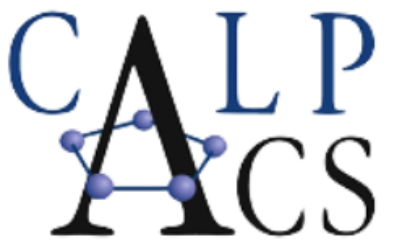We are pleased to invite you to a lecture on the cutting edge sensors manufactured by Teledyne Imaging Sensors for the most innovative telescopes orbiting earth and residing on it. Dr. James Beletic, president of TIS, will deliver this talk on the UCSB campus. Please use the RSVP from at the bottom of this page to reserve your spot. If you wish to join via Zoom, please answer “yes” to the corresponding question. A free box lunch will be served to those who attend in person.
Date: Saturday, May 21, 2022
Time: 11:15 AM – 1:30 PM, Lunch at 11:15, lecture at noon
Location: Engineering and Sciences Building Room 1001 (ESB 1001). Click here for UCSB campus map Nearest parking lot is lot 10. To attend this lecture via Zoom, please answer “Yes” to the question regarding Zoom attendance in the RSVP form below. You will receive the Zoom information prior to the lecture.
Cost: Free. Free lunch for those who attend in person.
Detection of Visible and Infrared Light for Scientific Research
An Introduction to the Instrumentation, Facilities, and Missions in Earth Science, Astronomy and Planetary Exploration Enabled by Teledyne’s High Performance Image Sensors
Electromagnetic radiation (light) is the primary messenger of information in the universe and detection of light is critical to many areas of scientific research. This is especially true in fields where “remote sensing” of distant objects is the only way to study those objects, such as Earth observation from airborne and space-based instrumentation, astronomy (from ground and space), and planetary exploration.
Since Teledyne is a leader in high performance infrared detectors, many of the forefront facilities and missions utilize Teledyne’s detectors. Teledyne is fortunate and honored to support passionate scientists from around the world who work across a range of disciplines. The technical challenges are quite varied due to range of operating environments and performance / reliability requirements. This talk presents some of these facilities / missions and the challenges involved in making detectors that are reliable in a space environment.
This talk is intended for a general audience; no expertise in detector technology or instrumentation required.

Left to right
NASA’s James Webb Space Telescope – 2021 launch
European Southern Observatory’s Extremely Large Telescope (39-m aperture) – 2027 first light
Visible-Infrared data cube generated by the Jet Propulsion Laboratory’s AVIRIS-NG instrument – operational
ESA’s JUICE mission to Jupiter and 3 Galilean moons (Europa, Callisto, Ganymede) – 2023 launch

Dr. Beletic is President of Teledyne Imaging Sensors (TIS), which is a world leader in the development and production of high performance infrared focal plane arrays. TIS sensors are operating in instrumentation at every major ground-based telescope, the Hubble Space Telescope, the Mars Reconnaissance Orbiter, Pluto New Horizons, OSIRIS-REx, and weather satellites such as the Geostationary Operational Environmental Satellite (GOES). The next generation of infrared space astronomy missions (JWST, Euclid, Roman Space Telescope, SPHEREx, NEO Surveyor, ARIEL) are made possible by Teledyne’s imaging sensors. TIS plays a vital role in National Defense, such as the long-wave infrared arrays for the U.S. Navy IRST Block II upgrade and space surveillance missions. TIS also supplies infrared arrays, cameras, and electronics to the commercial laboratory instrumentation market.
Dr. Beletic has over 40 years of experience in instrumentation, with specialization in visible and infrared image sensor technologies. His career is a unique combination of international work experience that includes scientific positions at major research centers (Harvard University, MIT Lincoln Laboratory, Georgia Tech Research Institute), leadership positions at the world’s foremost astronomical observatories (European Southern Observatory, Keck Observatory), and senior level management of an industry leader in infrared sensors (Teledyne).
Dr. Beletic joined Rockwell Scientific Company (RSC) in 2004 as Director of Sensor Systems, with oversight of the engineering groups (CMOS design, electronics, sensor test). After RSC was acquired by Teledyne in 2006, Dr. Beletic was assigned leadership of TIS’ largest market segment, Space and Astronomy, where he held the position of Vice President until 2013, when he was promoted to President of Teledyne Imaging Sensors.
Dr. Beletic is an active leader in the international astronomical community, chairing review panels for scientific projects, teaching seminars, giving invited talks, and hosting international conferences. Asteroid 14669 is named after him in recognition of his contributions to astronomy.
